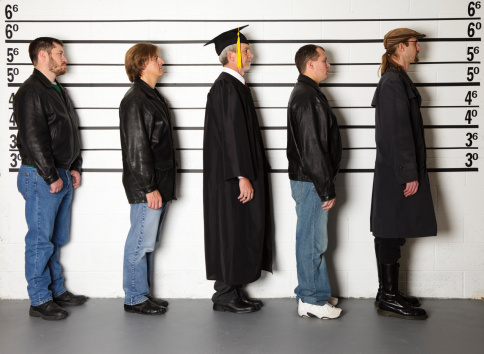The Usual Suspects

Verbal Kint was the man! Sorry for those who haven’t seen this classic, The Usual Suspects, but this movie was an instant classic in my humble opinion! Every time I watch that flick, I get a kick out of it. (Spoiler alert: Seeing and understanding how Verbal takes the little details and creates a story). The little details, unfortunately, for the Special Agent Kujan, is what eventually led the detective to figure our Verbal’s story, and if he had paid more attention in the beginning to Verbal’s small details that created the story of Keyser Soze, Verbal wouldn’t have been that successful in getting out of the interrogation.
Details are generally small—glad you’re still with me and haven’t skipped to the next article. Anyways, tennis has its own “usual suspects,” and they are also tiny details—so tiny, that they generate the most attention. In this piece, I will be talking briefly about a few details that relate to technique.
Small details are the most important ones and dictate the overall aspect of a stroke. I look for them at a Grand Slam event, a local tournament, or when a developing player of any age or level comes in for a lesson and wants to improve.
As a tennis professional, I believe it’s my job to “Identify” and “Fix” issues—the big “IF,” as I call it. That’s the only IF I have in developing a player—I’m pretty sure of it because I’m pretty sure of anyone who wants to get better and improve.
Absent details are aplenty when I watch some of the developing players―not so much on top levels. But players are in awe of watching the flight of the ball on the TV rather than to take note of the effort or the body at work. I will talk about two of such tiny details.
Take, for example, the “ready” position. Every coach and player knows what a ready position is. And having watched many players in and out, the ready position is non-existent AFTER the first showing. It usually appears when it’s enforced again, which might be after a while—as opposed to getting the racquet ready before EVERY shot (minus the serve, of course).
And the fact that ready position—racquet head up (butt-cap pointing to the ground), toes moving—is the ideal position to generate a proper technique for almost all the strokes in the business—is not enforced constantly because muscle memory isn’t there—is what I consider, an outrage.
Most strokes are made or broken in that first step—however, most players spend a boat load of time and money on learning that “perfect stroke” filled with muscle memory, this and that, before they even work on that basic, simple, tiny detail as the ready position.
Just ask yourself, “Where am I starting my racquet before every shot?” and “And out of 10 shots, how many times does it start at the proper place?”
That’s just one tiny detail that holds monstrous importance!
Another minute detail to ponder about is “small steps.” You know, the ones a player makes before they make contact with the ball. The annoying, squeaking of the shoes that are created to help the player settle and adjust cleanly to the bounce of the ball, therefore helping setup to strike a better ball. Do you make those sounds? Do you hear them on TV when you watch your favorite player take court, or do you just watch the flight of the ball go back and forth?
Every building is built from the ground up: The penthouse isn’t built first and installed at the top of a completed building. The foundation of a building is first—in tennis sense, the basics, in more instances than one, simple details are the foundations. Build a solid foundation of simple ready position and small steps, and enforce it. Add the penthouse—whatever you think a penthouse needs or is for the player—at the very end. To me, penthouse for a tennis player is the sheer power or muscle.
A small tip: Cover one-half of the TV screen, top or bottom, whatever player you like. And when you block out one-half, just focus on the half that’s visible. You will learn a lot more about small details that make a big point.
See if you can imitate them, and be open to learn many more details that can be learned and used in an effective way! Split-steps is another detail. There are many more to know and learn. Get those details as part of a nutritional daily-diet and this in turn will be part of your muscle memory and your game will only improve! The usual suspects are aplenty, make sure you don’t miss out on those details.
If you are having trouble with your improvement, drop me an e-mail at AK.AdvantageTennis@gmail.com, and we can work out a session!






